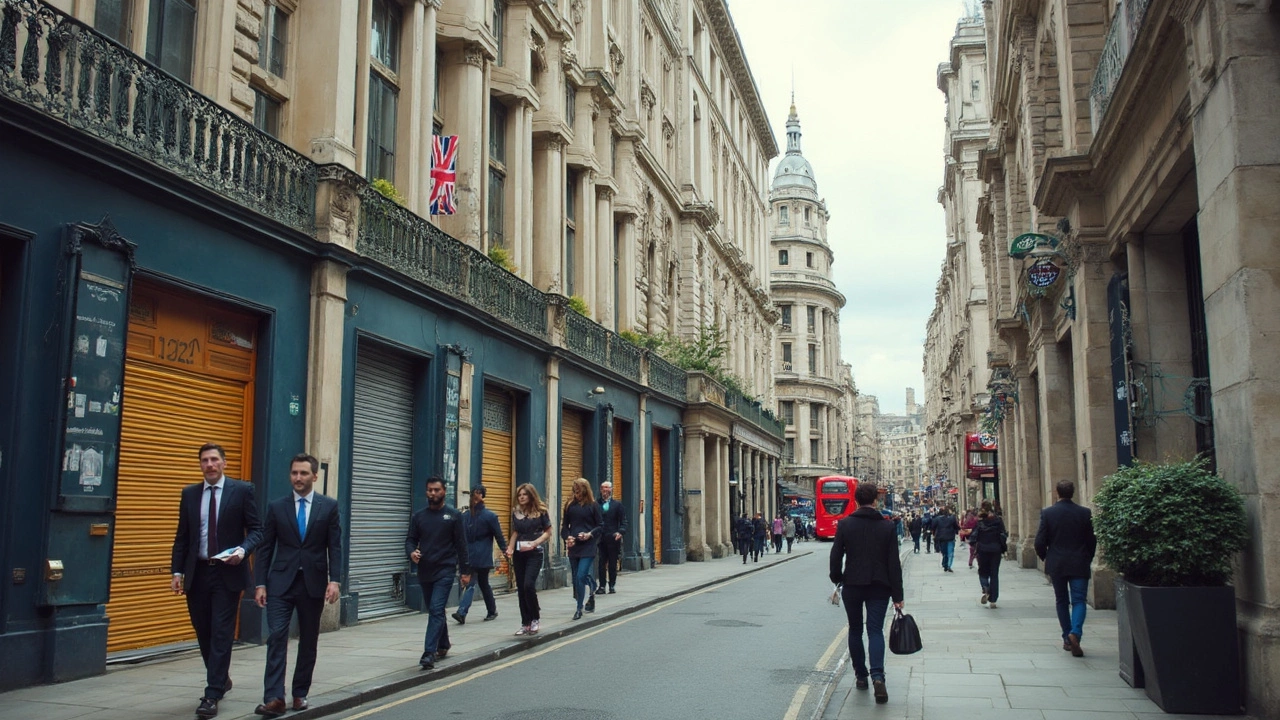Self‑Storage Ideas & Guides for a Clutter‑Free Home
Ever felt like you have too much stuff and not enough room? You’re not alone. Self‑storage can be a lifesaver, but only if you use it the right way. Below you’ll find straight‑forward tips on picking the perfect unit, packing efficiently, and getting the most out of every square foot.
Choosing the Right Unit Size
First thing’s first – what size do you actually need? A 10x20 unit sounds huge, but many people over‑estimate. Think about the rooms you’re moving: a bedroom set, a sofa, a few boxes and maybe a bike. That usually fits in a 5x10 or 5x8 space. If you’re storing seasonal décor, a larger unit might make sense, but for most households a medium‑size unit keeps costs down.
Measure the biggest items you plan to store before you book. A standard queen‑size mattress is about 60" wide, 80" long. Add a few inches for a box spring and you have a clear picture of the floor space needed. Once you know the dimensions, match them to the unit chart on the storage provider’s site – most sites list square footage and height limits.
Don’t forget the height. Most units are 8‑ft tall, but if you’re stacking boxes, leave at least a foot of clearance at the top. This prevents items from being crushed and makes it easier to pull things out later.
Smart Ways to Pack and Organise
Now that you’ve secured the right space, it’s time to pack smart. Start with a clean slate: wipe down shelves, vacuum the floor and check for any moisture. Then, sort items into three piles – keep, donate, and toss. Anything you haven’t used in a year probably belongs in the donate or toss pile.
Use uniform, sturdy boxes. Smaller boxes for heavy stuff like books and larger boxes for lighter items such as linens. Label each box on at least two sides; you’ll thank yourself when you need to find something without pulling the whole pile.
Create zones inside the unit. Put items you’ll need first near the door – think seasonal clothes, holiday décor, or spare furniture. Reserve the back for long‑term storage like archive files or rarely used tools. If you have a shelving system, place heavier items on the bottom shelves and lighter, fragile pieces on top.Wrap furniture in moving blankets or bubble wrap to guard against scratches. For mattresses, use a mattress bag; it protects against dust and dampness. Finally, fill any gaps with packing peanuts, crumpled paper, or even old towels. Empty spaces can shift during transport, so a snug fit keeps everything stable.
Need a quick reference? Check out our post “What Can You Fit in a 10x20 Storage Unit?” – it breaks down real‑world examples of how many rooms, furniture pieces and boxes fit into common unit sizes. And if you’re living in a small house, our “Maximize Storage in a Small House” guide offers clever hacks that work just as well in a storage unit.
Self‑storage doesn’t have to be a mystery. By measuring accurately, choosing the right size, and packing with purpose, you’ll save money, time, and future headaches. Ready to declutter? Grab a pen, sketch out a quick floor plan, and start packing the smart way.

Storage Cost Breakdown: What Does Storage Cost Include?
Wondering why your storage bill looks like a restaurant receipt? This article breaks down what storage cost actually covers, from basic rent to sneaky add-ons like insurance and late fees. Whether you’re stashing old furniture or running out of space at home, you’ll know exactly what you’re paying for. Discover tips to avoid common storage ripoffs and learn where you can save, so your stuff stays safe without emptying your wallet. Get savvy with hidden details most storage companies won’t tell you upfront.

Is Buying Storage Units a Good Investment?
Buying storage units might seem like a trendy investment, but is it really worth your time and money? This article will dive into the ins and outs of investing in storage units. Discover the potential profits, challenges, and valuable tips to guide your decision. Whether you're a seasoned investor or just curious, this guide offers a practical look into the world of storage unit investments.
Categories
- Storage (27)
- Bathroom (18)
- Sofas (15)
- Curtains (15)
- Home Decor (12)
- Bedding (11)
- Kitchenware (11)
- Cushions (11)
- Mirrors (10)
- Rugs (9)
Popular Articles

Plural of Wife: Spelling Out the Details
Apr, 4 2025


